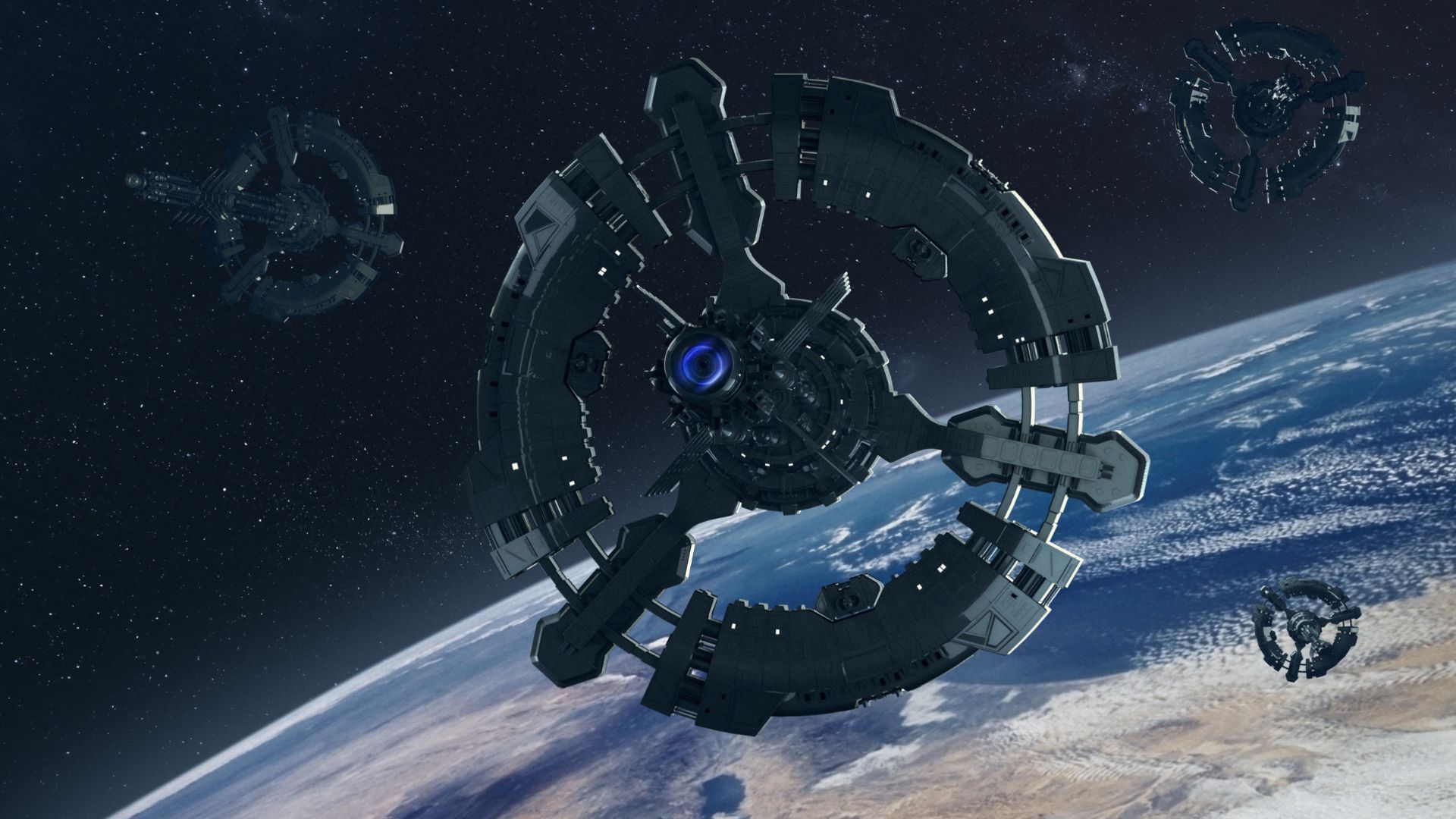The Role of Mathematics in Space Navigation: From Apollo to Mars Missions

Mathematics has been a cornerstone of space exploration, enabling humankind to navigate the cosmos with precision and confidence. From the historic Apollo missions that landed humans on the Moon to the ongoing explorations of Mars, mathematical principles have been crucial in guiding spacecraft across vast interplanetary distances.

During the Apollo missions, one of the most critical mathematical applications was trajectory optimization. Engineers and scientists used complex algorithms to calculate the most efficient paths for spacecraft, taking into account the gravitational pull of the Earth and the Moon. This process, known as orbital mechanics, involved determining the precise launch windows, burn sequences, and flight paths that would ensure a successful lunar landing and safe return. The famous "free-return trajectory" was a safety measure calculated to allow the spacecraft to loop around the Moon and return to Earth if something went wrong, showcasing the importance of mathematical planning in space missions.

In modern space missions, particularly those targeting Mars, the role of mathematics has become even more sophisticated. Trajectory optimization now considers multiple gravitational influences, including those of other planets and celestial bodies. For example, "gravity assists" or "slingshot maneuvers" use the gravity of planets like Earth, Venus, or Jupiter to accelerate spacecraft, saving fuel and time. These maneuvers require precise calculations to ensure that spacecraft achieve the desired speed and trajectory.

Navigation within a planetary system, such as the descent and landing on Mars, also relies heavily on mathematics. Techniques like entry, descent, and landing (EDL) calculations involve determining the correct angle, speed, and position for a spacecraft to enter a planet's atmosphere and land safely. Modern missions often use real-time data and adaptive algorithms to adjust these parameters during the mission, improving accuracy and safety.

As we look towards more ambitious missions, including crewed missions to Mars and beyond, mathematics will continue to play a vital role in space navigation, helping us overcome the challenges of interplanetary travel and expanding our presence in the universe.


